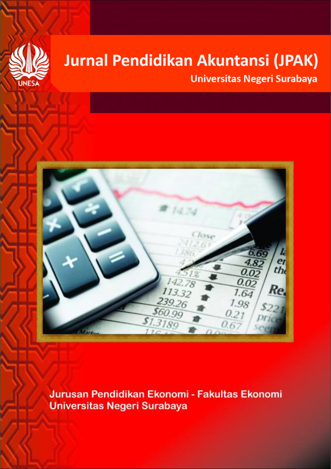Pengembangan Buku Interaktif Layanan Lembaga Keuangan Syariah Berbasis Scientific Approach Di SMK
DOI:
https://doi.org/10.26740/jpak.v8n2.p44-51Keywords:
Interactive Book, Sharia Financial Institution Services, Scientific ApproachAbstract
The developmet technology and information in education present various form of text books. Research as aimed to explain the development interactive book and effectiviness of the used of the book. The final results of this research are produces interative book based on scientific approach sharia financial institution services that can used by student. The research prosedure in the Four D model by Thiagarajan Semmel and Semmel. Which are performed in a complete maner with out excluding a single stage. The instrumens of data included open questionnaries and closes qustionnaries. The results of the due diligence carried out by expert, explained with verry decent that the product can be used apllied as a source of learning in this subject. The trials was carried out in a limited manner with a sample of 20 students who cme from SMK Negeri 1 Lamongan XII class majoring in Islamic Banking giving very positive kriteri to the product being developed.
Downloads
Downloads
Published
How to Cite
Issue
Section
License
Authors who publish with this journal agree to the following terms:
- Authors retain copyright and grant the journal right of first publication with the work simultaneously licensed under a Creative Commons Attribution License that allows others to share the work with an acknowledgement of the work's authorship and initial publication in this journal.
- Authors are able to enter into separate, additional contractual arrangements for the non-exclusive distribution of the journal's published version of the work (e.g., post it to an institutional repository or publish it in a book), with an acknowledgement of its initial publication in this journal.
- Authors are permitted and encouraged to post their work online (e.g., in institutional repositories or on their website) prior to and during the submission process, as it can lead to productive exchanges, as well as earlier and greater citation of published work (See The Effect of Open Access).

Jurnal Pendidikan Akuntansi (JPAK) is licensed under a Creative Commons Attribution-NonCommercial 4.0 International License.
 Abstract views: 189
,
Abstract views: 189
, PDF Downloads: 164
PDF Downloads: 164



